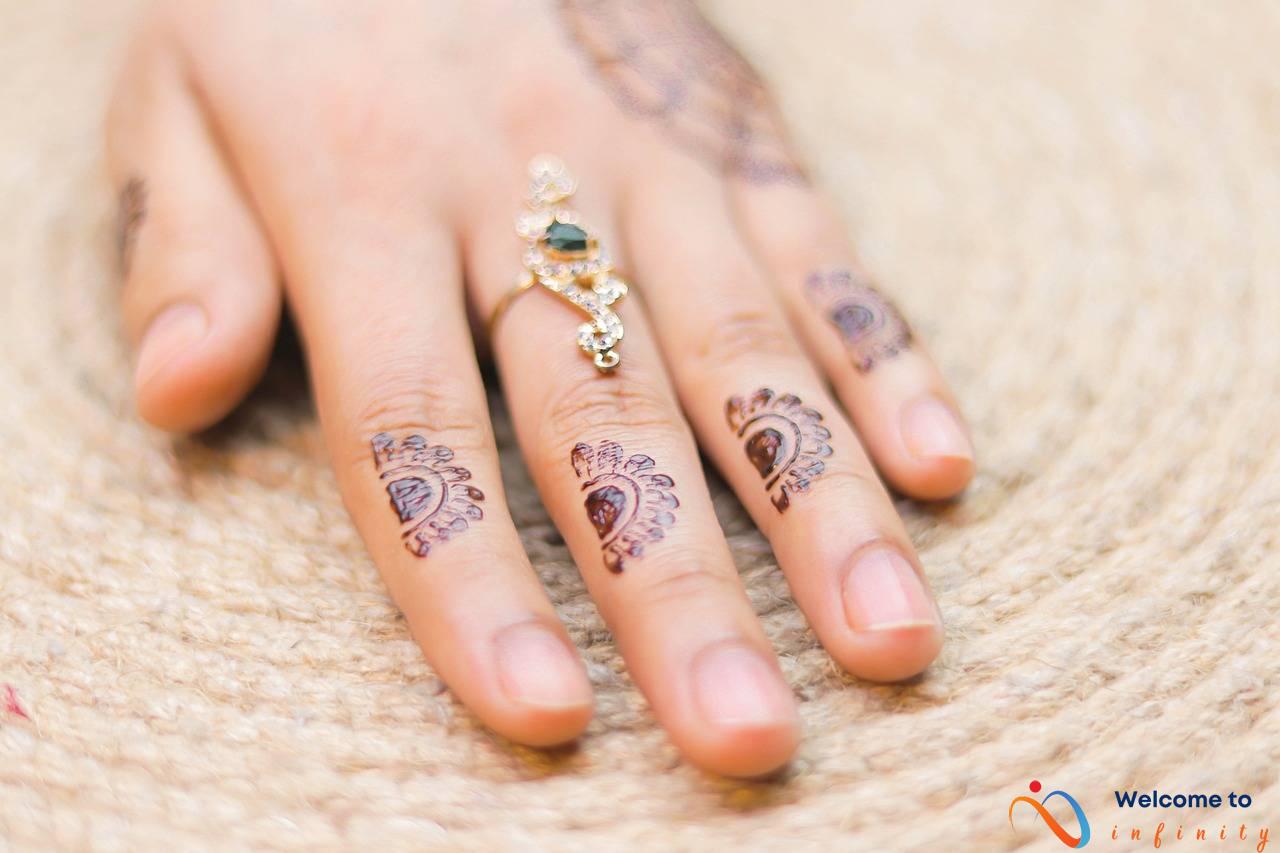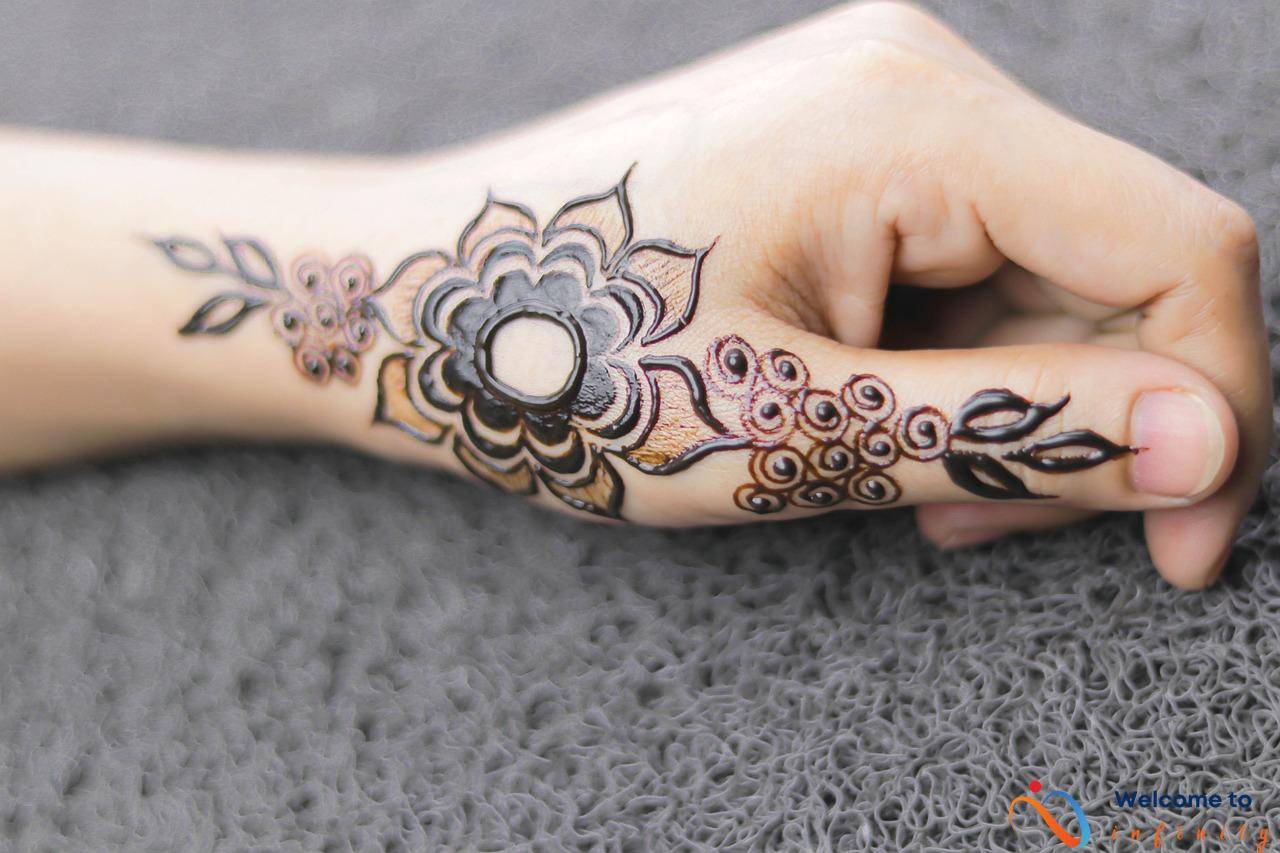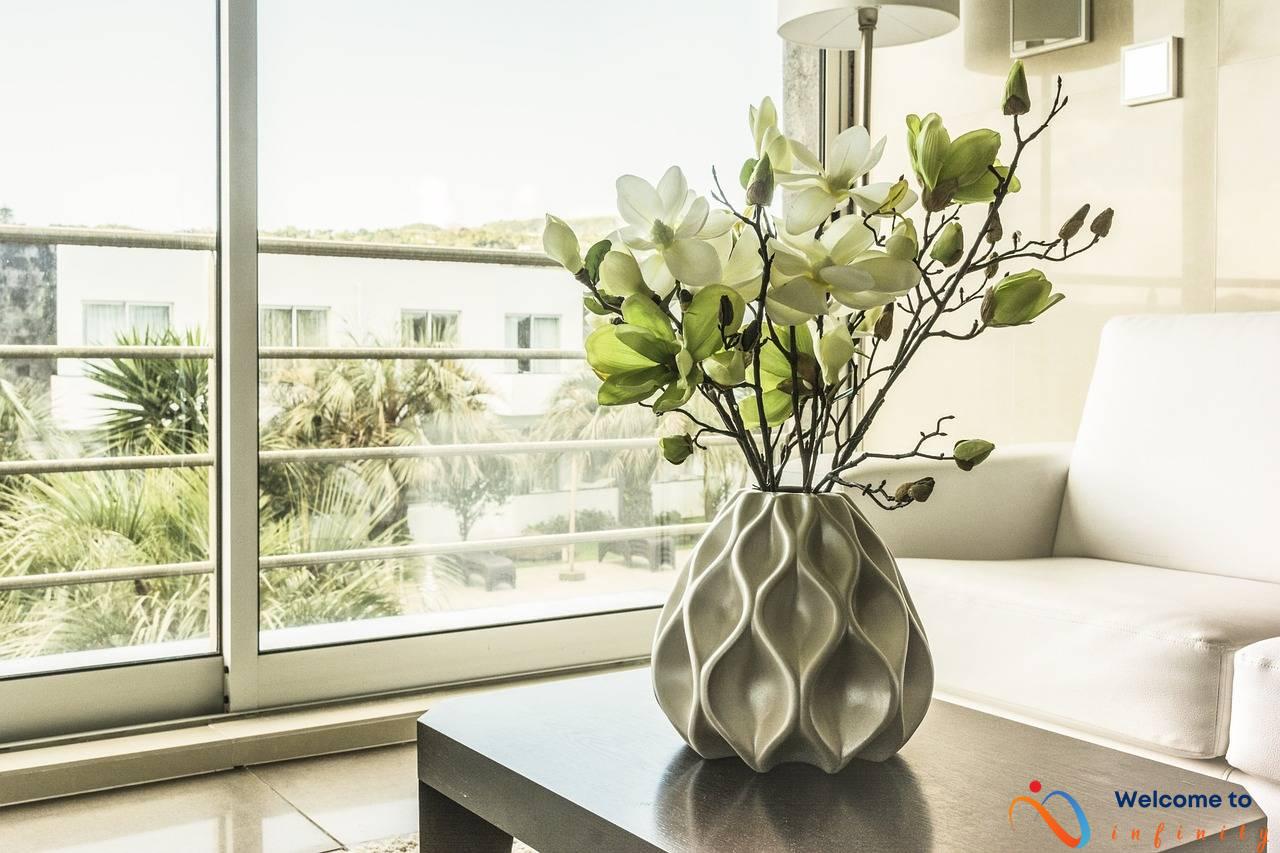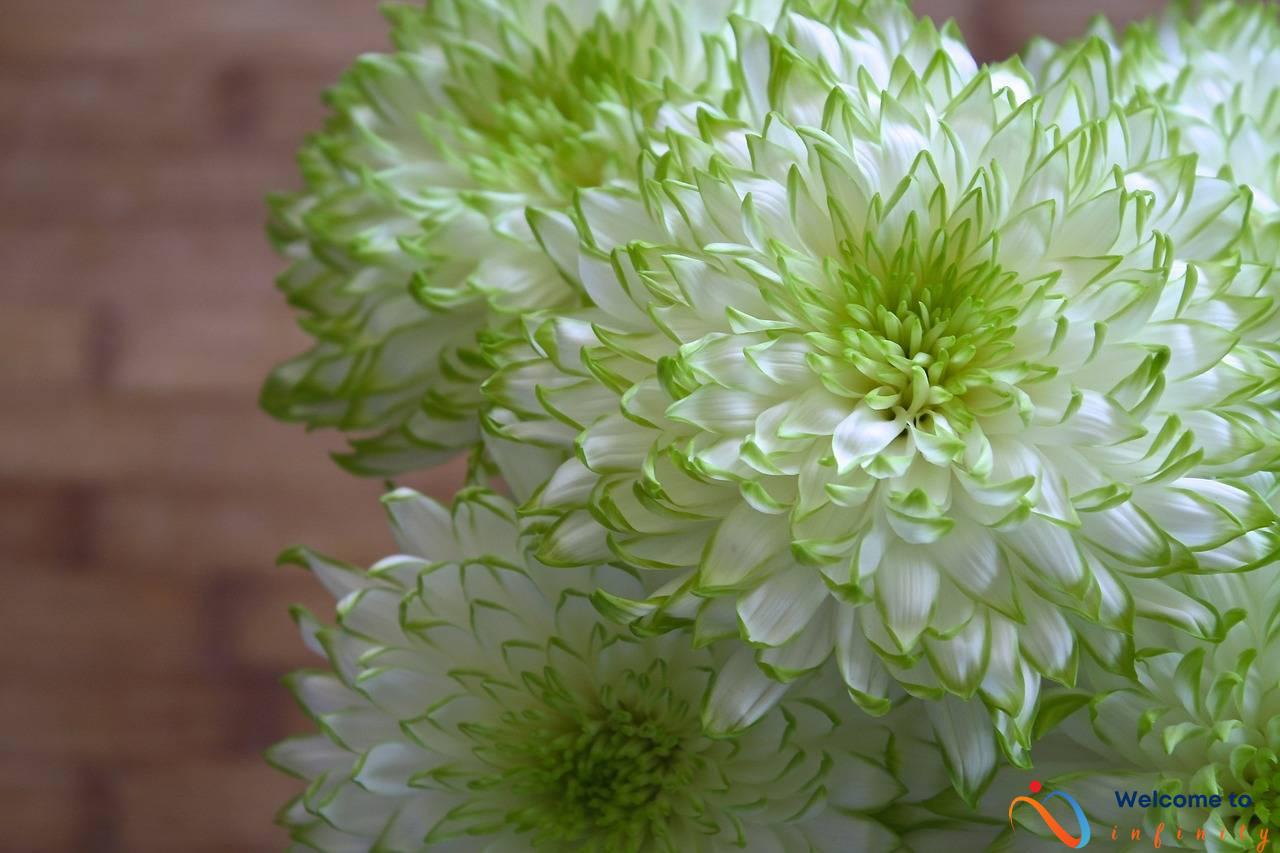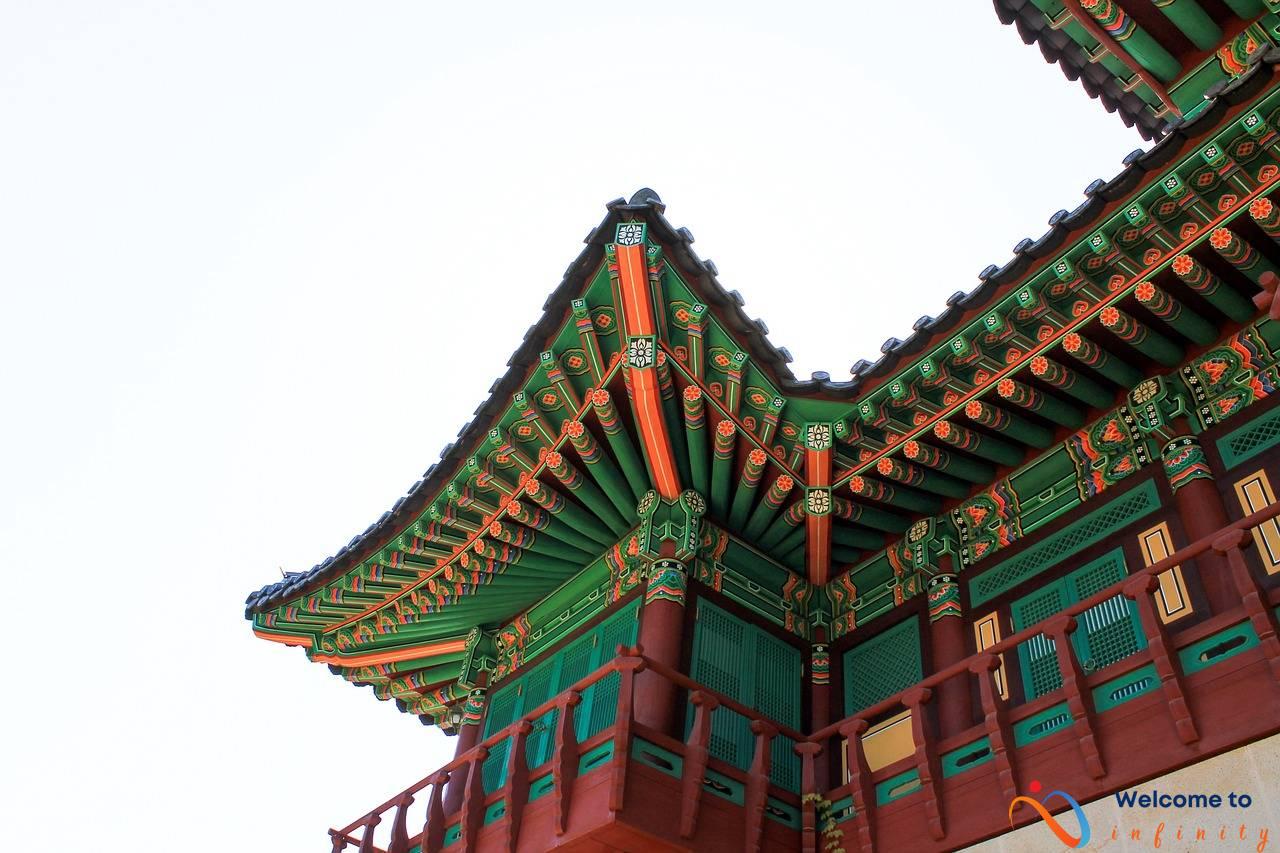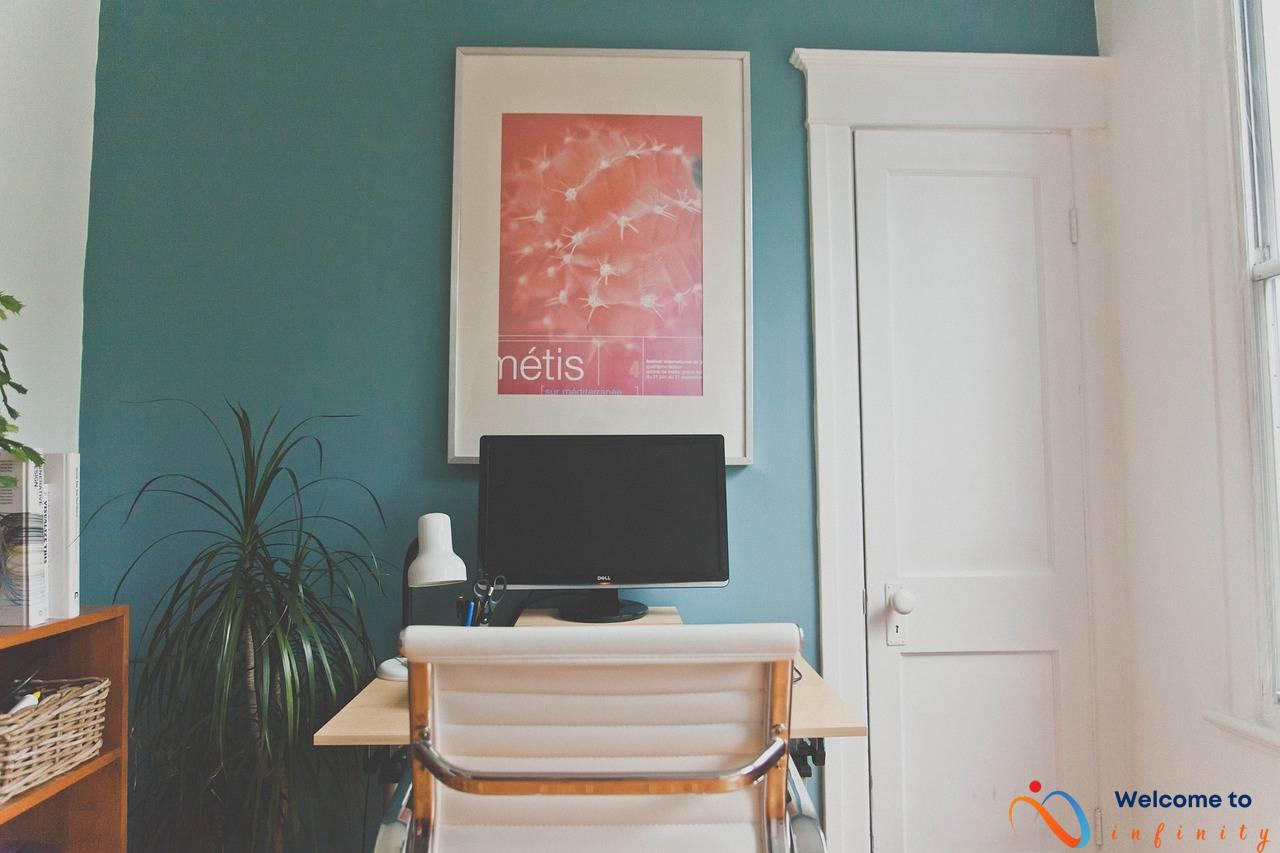Mid-century modern home decor has a charm that keeps people drawn to it even years later. It is a style that emerged during the 1940s and 1960s, with a focus on clean lines, warm colors, and simple designs. Today, this classic style continues to captivate homeowners, interior designers, and furniture enthusiasts.
One of the main appeals of mid-century modern decor is its minimalist aesthetic. The movement was characterized by a focus on functionality and simplicity, as opposed to the ornate and elaborate designs of previous eras. Its emphasis on clean lines, with little ornamentation, gives the style a classic, timeless feel that still appears contemporary today.
Mid-century modern decor is also known for its iconic furniture pieces. Furniture designers, such as Eero Saarinen and Charles and Ray Eames, created pieces that have become synonymous with the movement. Examples include the Eames Lounge Chair and Ottoman and Saarinen's Tulip Table. These pieces have a timeless appeal and continue to be sought after by collectors.
The color palettes and materials used in mid-century modern design also add to its charm. Typically characterized by warm woods, bright plastics, and vibrant oranges, greens, and yellows, the combination of these elements creates depth and warmth in a space that feels welcoming and livable.
Overall, the charm of mid-century modern home decor comes from its simplicity, functionality, and timeless appeal. Its durability means it continues to offer inspiration and enjoyment to many who appreciate design and aesthetics.
The Origins of Mid-Century Modern Design
Mid-century modern design emerged in the mid-20th century, largely as a response to the traditional and ornate styles that preceded it. At its core, mid-century modern design is characterized by clean lines, geometric shapes, and a minimalist aesthetic that emphasizes function over form.
Some of the key architects and designers who helped shape mid-century modern design include Ray and Charles Eames, whose iconic furniture pieces like the Eames Lounge Chair and Ottoman have become synonymous with the style. Other notable designers include George Nelson, whose Bubble Lamps and Ball Clocks remain popular today, and Finnish architect Alvar Aalto, whose furniture designs elevating simple materials like plywood to new heights.
Beyond these well-known designers, mid-century modern design also drew inspiration from broader cultural and technological trends of the time. For example, the development of new materials like molded plastics and fiberglass allowed designers to create bold and innovative designs that were both visually striking and affordable.
Overall, mid-century modern design reflects a cultural and artistic shift away from the ornate and decorative styles that preceded it, towards a more functional and understated aesthetic. Its enduring appeal lies in its timeless qualities, as well as its seamless integration of form and function, making it a perennial favorite among homeowners and designers alike.
Key Elements of Mid-Century Modern Decor
Mid-century modern decor has a distinctive style that's characterized by several key elements. These elements include color palettes, materials, and design motifs, which all work together to create the cohesive look that defines this style.
Color palettes in mid-century modern decor are typically bright and bold. Think oranges, yellows, and greens, as well as navy blue and muted pink hues. These colors are often used in contrast with white or black to create a striking effect in a room.
Another hallmark of mid-century modern decor is the use of unique materials. Wood is a popular material, particularly warm-toned woods like teak and walnut. Bright plastics, metal detailing, and glass are also commonly used in mid-century modern design.
Mid-century modern design motifs often include clean lines, geometric shapes, and asymmetrical elements. Furniture pieces are often raised on legs, giving them an open, airy feel, and many pieces are designed with functionality in mind.
If you're looking to create a mid-century modern look in your own home, focus on incorporating these key elements into your decor. Look for furniture pieces made from wood or featuring metal or plastic detailing, and choose bold, bright colors for accent pieces or statement walls. Don't forget to incorporate clean lines and geometric shapes into the design of your space, and focus on creating functionality without sacrificing style.
Minimalism and Functionality
When it comes to mid-century modern home decor, minimalism and functionality are key characteristics. This design style often emphasizes clean lines, simplicity, and a pared-down aesthetic that prioritizes utility and practicality. Mid-century modern furniture, for example, often features sleek and simple designs that eliminate unnecessary embellishments and decorations. Functionality is also a major focus of mid-century modern design, with emphasis placed on making furniture and decor that is both useful and beautiful.
One of the benefits of this minimalistic and functional approach to design is that it allows for a timeless quality that can endure for decades or even centuries. The simplicity of mid-century modern decor means that it can fit in with a variety of settings, from classic and traditional to modern and cutting-edge. This versatility is one of the reasons why mid-century modern design continues to be popular today, despite its origins in the mid-20th century.
Materials and colors also play a role in mid-century modern minimalism and functionality. Natural materials like wood, leather, and other organic materials are often used in furniture, while man-made materials like plastics are also popular. Colors tend to be bright and bold, with shades of orange, green, yellow, and other vibrant hues frequently used in mid-century modern decor. These colors add a pop of brightness and energy to the clean and simple designs, creating a sense of liveliness and fun.
Overall, the minimalism and functionality of mid-century modern design are a major part of its enduring charm and popularity with homeowners and interior designers. By prioritizing simplicity, utility, and aesthetic appeal, mid-century modern furniture and decor remains a beloved design style with timeless appeal.
Iconic Furniture Pieces
Mid-century modern style is defined by several iconic furniture pieces that have stood the test of time and remain as relevant today as they were decades ago. Here are some of the most iconic mid-century modern furniture pieces:
- Eames Lounge Chair: Designed in 1956 by Charles and Ray Eames, this chair is a true masterpiece of mid-century modern design. With its timeless design and exceptional comfort, the Eames Lounge Chair has become an icon of style and sophistication.
- Tulip Table: Designed by Eero Saarinen in 1956, the Tulip Table is a classic piece of mid-century modern furniture. With its clean lines and organic shape, this table is perfect for modern interiors, adding a touch of elegance and simplicity.
- Barcelona Chair: Designed by Ludwig Mies van der Rohe and Lilly Reich in 1929, the Barcelona Chair is a masterpiece of Bauhaus design. With its sleek chrome frame and luxurious leather upholstery, this chair is a true icon of modern design.
- Noguchi Coffee Table: Designed by Isamu Noguchi in 1947, this coffee table is a true masterpiece of mid-century modern design. With its elegant curves and organic shape, this table is perfect for bringing a touch of nature into modern interiors.
- Bertoia Diamond Chair: Designed by Harry Bertoia in 1952, the Bertoia Diamond Chair is a true work of art. With its sculptural form and delicate appearance, this chair is perfect for adding a touch of elegance and sophistication to any modern interior.
These iconic furniture pieces are all perfect examples of the clean lines, minimalist aesthetic, and functional design that characterize mid-century modern style. Whether you are looking for a statement piece to anchor your living room or a subtle accent to bring a touch of mid-century modern style into your home, these furniture pieces are sure to delight and inspire.
Color Palettes and Materials
Mid-century modern design features a combination of warm natural materials and bold pops of color. Wood, stone, and glass are used in furniture and decor to bring the outdoors in and create a sense of warmth and relaxation. Light or white woods such as birch or maple are popular, as well as darker woods like walnut and teak.
Plastics became a popular material choice during the mid-century period due to their durability and versatility. Designers like Charles and Ray Eames utilized plastic to create iconic furniture pieces such as the Eames Molded Plastic Chair, which was available in a range of bright colors like yellow, red, and blue.
Mid-century modern also features bold color palettes, including bright orange, avocado green, and mustard yellow. Accent pieces like pillows or rugs are often used to add pops of color to an otherwise neutral space. The use of graphic patterns on textiles and wallpaper is also common, adding visual interest without overwhelming the design.
- Warm woods
- Light or white woods like birch or maple
- Darker woods like walnut and teak
- Durable and versatile plastics
- Bright colors like yellow, red, and blue
- Bold color palettes, including bright orange, avocado green, and mustard yellow
- Accent pieces like pillows or rugs with pops of color
- Graphic patterns on textiles and wallpaper
By combining natural materials, such as wood, with bold pops of color and graphic patterns, mid-century modern design creates a vibrant sense of energy in any space.
Bringing Mid-Century Modern Decor Into Your Home
If you're looking to incorporate mid-century modern decor into your home, you have a few fantastic options at your disposal. One way to add a classic touch is by seeking out vintage finds at your local antique store, estate sale, or thrift shop. These pieces bring a distinct charm and nostalgia to your space, allowing you to appreciate the beauty of this timeless aesthetic.
If you're after something more modern, contemporary reproductions of iconic mid-century modern furniture and decor are also widely available. These pieces have been updated to meet modern standards, incorporating new materials and technologies while keeping the same sleek lines and minimalist design that defines this style. Popular reproductions include the Barcelona Chair, the Noguchi Table, and the Saarinen Womb Chair.
When it comes to incorporating mid-century modern decor into your home, remember that simplicity is key. Start by focusing on one room or area and choose a few key pieces that embody the style, such as a classic sofa or accent chair. Layer in complementary decor, such as a geometric rug or abstract wall art, to enhance the mid-century modern vibe.
Another tip is to mix and match vintage and contemporary pieces. This creates a unique and harmonious look that blends the old and the new. Pair a vintage record player or radio with a modern media console for a stylish and functional entertainment area, or mix a vintage sideboard with contemporary dining chairs for a chic and comfortable dining room.
Ultimately, the key to bringing mid-century modern decor into your home is to stay true to the essence of the style. Embrace simplicity, clean lines, and functionality while incorporating a few iconic pieces and complementary decor. With a little creativity and inspiration, you can infuse your home with the timeless charm of mid-century modern design.
The Enduring Popularity of Mid-Century Modern
Mid-century modern design has shown incredible staying power since its inception in the mid-20th century. But what is it about this style that has captured our imagination for decades? For one, mid-century modern design is characterized by a timeless style that transcends trends and fads. Its clean lines, simple shapes, and minimalist aesthetic feel just as modern today as they did over 50 years ago.
Mid-century modern design is also known for its emphasis on functionality and livability. This style emerged in the post-World War II era, when architects and designers were focused on creating homes and furnishings that were practical, efficient, and comfortable. Thanks to its emphasis on functionality, mid-century modern pieces are often made with high-quality materials and craftsmanship that stand the test of time.
Another reason for the enduring popularity of mid-century modern design is its ability to harmonize with a range of interior styles and personal tastes. Whether you prefer a minimalist, Scandinavian look or a bold, eclectic aesthetic, mid-century modern pieces can be incorporated in a way that feels authentic and true to your personal style.
In addition, mid-century modern design has proven to be incredibly versatile, inspiring countless design movements and styles. From the sleek sophistication of 1960s “Mad Men” to the colorful kitsch of 1970s pop art, mid-century modern design has inspired artists, designers, and architects across the world.
Finally, mid-century modern design is beloved for its historic significance. This style emerged during a time of great social and political change in the United States, as people sought to rebuild their lives in the aftermath of World War II. As such, mid-century modern design represents a fascinating chapter in the history of American design and culture, making it a treasured and lasting part of our collective memory.
Mid-Century Modern in Pop Culture
Mid-Century Modern design has had a significant impact on pop culture and continues to be featured in various forms of media. It's become a mainstay in movies and TV shows, where audiences can see the iconic designs and furniture pieces in action. “Mad Men” is a prime example of this, with its meticulous attention to detail in the set design and costumes, showcasing the style's popularity during the 1950s and '60s.
Mid-Century Modern has also made a comeback in contemporary fashion. From the high-waisted and wide-legged pants to the bold prints and colors, the style's influence can be seen in designer collections and streetwear brands alike. Graphic design has also embraced the style's clean lines and geometric shapes, creating modern takes on vintage designs.
Even technology has been influenced by Mid-Century Modern design. Apple's iconic iPod was modeled after the Dieter Rams-designed Braun SK 4 phonograph from 1956, which is now considered a design classic. This shows how the influence of Mid-Century Modern design goes beyond just furniture and home decor and into the world of technology.
It's clear that Mid-Century Modern design has left a lasting impression on pop culture and society as a whole. Its timeless aesthetic and functional design have transcended generations, making it a style that will continue to inspire and influence for years to come.
Updating Mid-Century Modern for Today
As with any design style, mid-century modern has evolved over time while still retaining its core characteristics. Today, designers and homeowners alike are putting their own spin on this classic aesthetic, updating it for a modern sensibility.
One way to update mid-century modern for today is by adding contemporary artwork to your space. This can be done through paintings, sculptures, or even digital art. The key is to find pieces that complement the clean lines and minimalism of mid-century modern while still adding a fresh perspective to the space.
Another way to modernize mid-century modern is by mixing and matching vintage and modern pieces. While mid-century modern furniture and decor are iconic, they can also be expensive. By mixing vintage and modern pieces, you can create a unique space that captures the essence of mid-century modern without breaking the bank.
If you're really looking to update mid-century modern for today, you could also consider incorporating technology into your space. Think sleek electronics, modern home automation systems, and even smart appliances. While this might seem like a departure from the simplicity of mid-century modern design, it's actually a natural evolution of the style, which has always emphasized functionality and livability.
In short, updating mid-century modern for today is all about striking a balance between the timeless elements of the style and contemporary sensibilities. By adding a few modern touches and mixing vintage and modern pieces, you can create a space that feels both classic and fresh.

